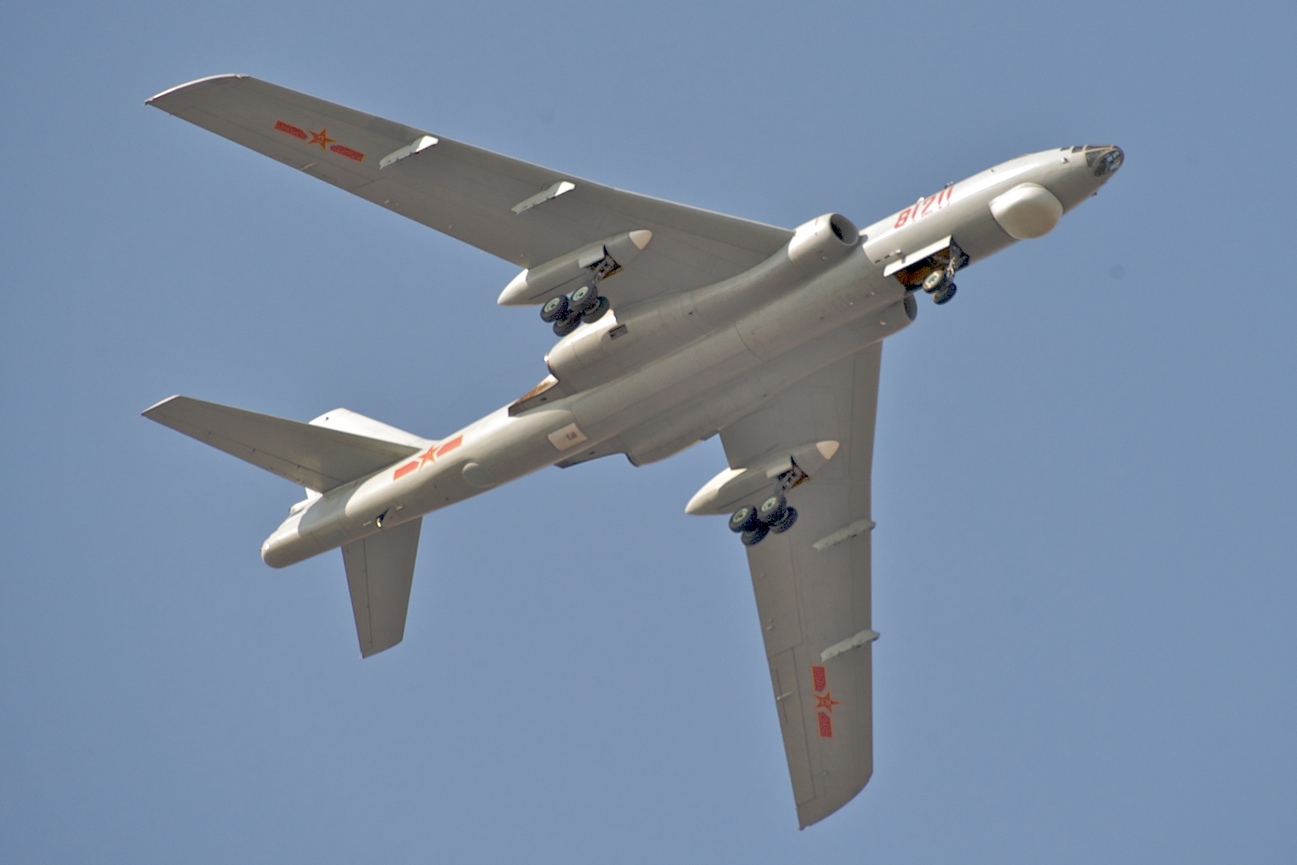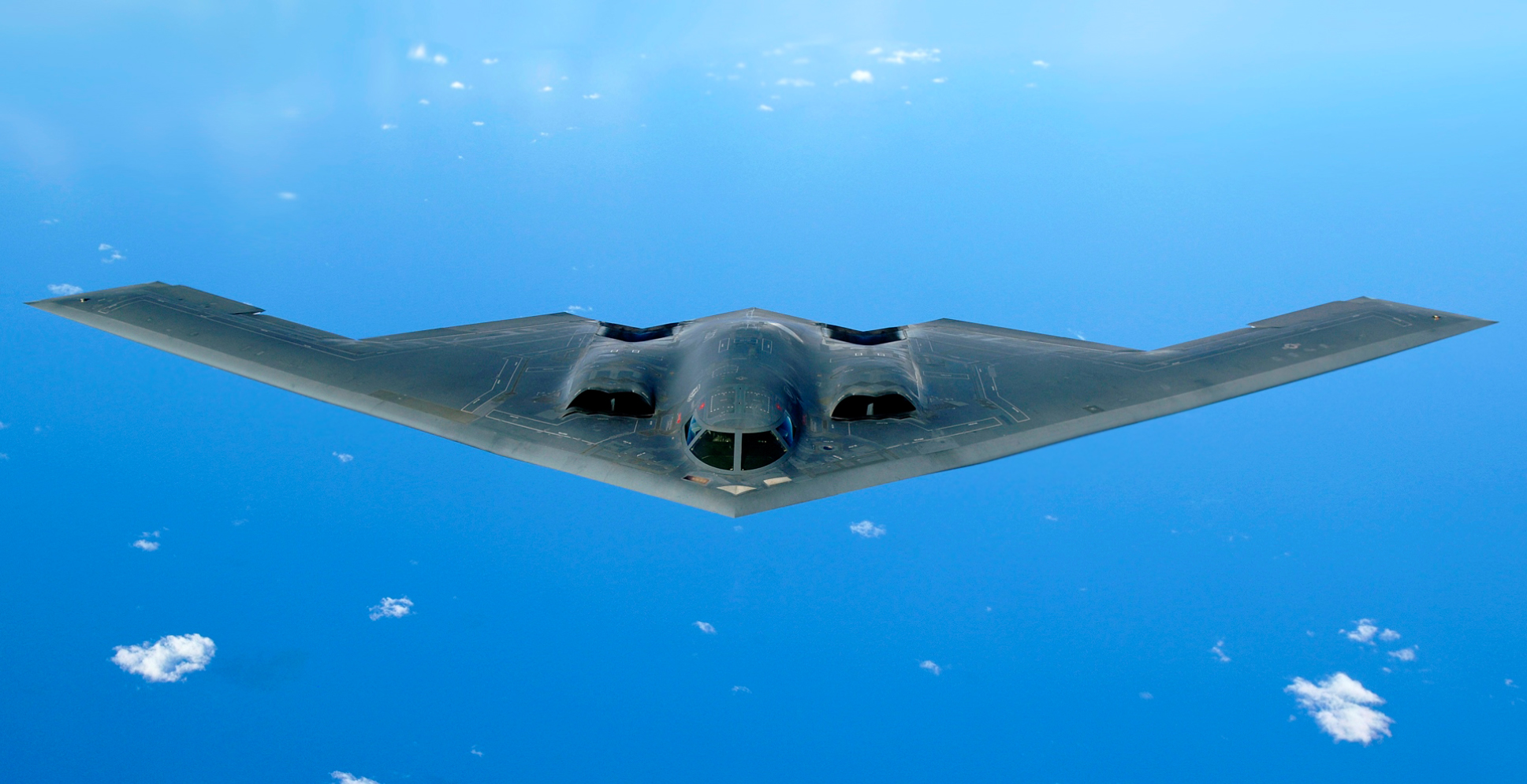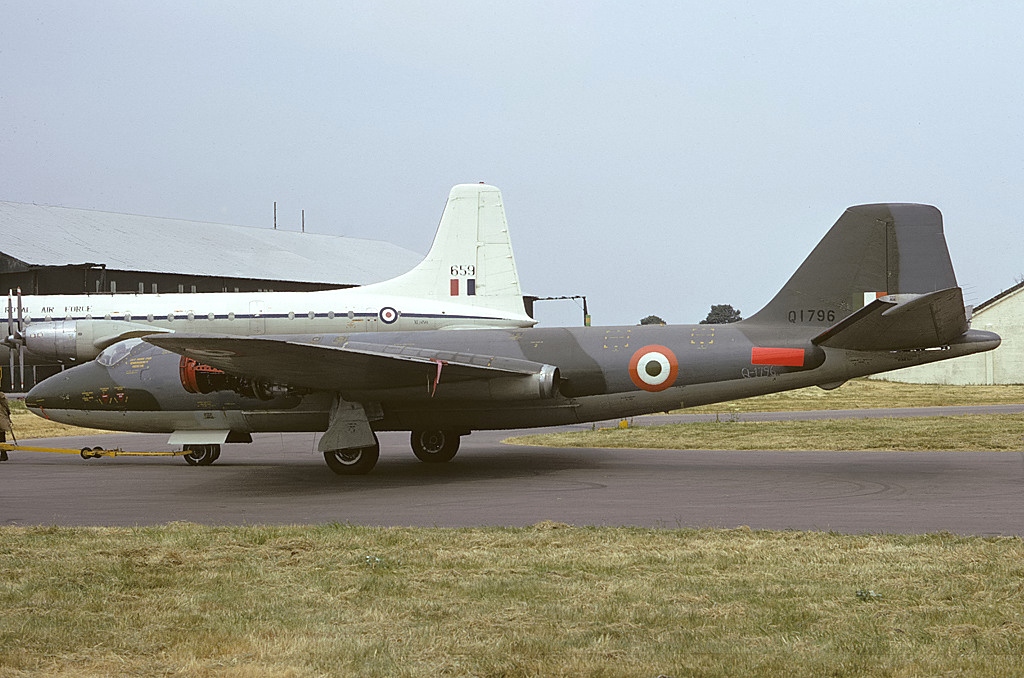China, Russia, and the US — all are currently working on their most sophisticated stealth bombers. Strategic bombers are long-range aircraft designed to carry nuclear weapons and claim to have the ability to breach enemy air defenses.
These long-range bombers may be stationed far from the conflict zones yet they can cover vast swathes of the Pacific Ocean, evade complex air defense systems, and launch short-range weapons in large volumes.
Bombers have been an integral aspect of warfare for many decades. Their potential to damage crucial military infrastructure, as well as their role in the nuclear triad, has made them an essential component of any contemporary military. Countries frequently use bombers to demonstrate their supremacy during the conflict.
As previously reported by EurAsian Times, the Chinese PLAAF recently deployed an H-6K bomber near the Line of Actual Control (LAC), the disputed boundary with India, amid rising tensions between the two countries. Additionally, several countries are concerned about Chinese bombers conducting joint patrols with Russian ones.

In 2019, the Chinese People’s Liberation Army Air Force (PLAAF) and the Russian Air Force undertook a long-range aerial patrol in the Indo-Pacific region for the first time to “strengthen global strategic stability”, according to the Russian defense ministry. Since then, the two countries have been regularly conducting such exercises.
In November, Chinese and Russian air forces again conducted a coordinated strategic air patrol in the region, citing the necessity to maintain global strategic stability in the face of Western provocations. China deployed two H-6Ks to organize a combined formation with two Russian Tu-95MC aircraft over the Sea of Japan and the East China Sea, the Chinese Defense Ministry said.

It’s worth noting that these patrol drills have constantly drawn criticism from South Korea and Japan as this overlapped their Air Defense Identification Zones.
Bombers are only operated by three nations. According to estimates, there are 135 Tu-22s, Tu-95s, and Tu-160s in the Russian Air Force. The US Air Force has 156 B-1, B-2, and B-52 bombers. China’s bomber fleet is the biggest in number so far as the PLAAF operates nearly 231 H-6 bombers.
Chinese Bombers
China’s H-6K is based on the Russian Tupolev Tu-16 bomber, which was developed by the erstwhile Soviet Union. The Tu-16 was a two-engine subsonic bomber that made its first flight in 1952. China began producing the Tu-16 under license as the H-6; the first one took to the skies in 1959.
The Tu-16 was demoted from nuclear strike duty and repurposed for anti-ship missiles, electronic warfare, and reconnaissance missions. Soon after the collapse of the Soviet Union, Russia withdrew the Tu-16 from service.
Despite its outdated design, China continues to produce the H-6 and has used this as a nuclear weapons carrier and aerial refueling tanker for decades.
In the mid-2000s, a new variant, H-6K, appeared. It came with a solid nose, in a departure from the glass nose seen in the previous model. The H-6K also had more fuel-efficient Russian engines that allowed it to have a combat radius of almost 3,000 kilometers. The H-6K is viewed as a major threat by American analysts.

The 2021 Pentagon report on China’s military modernization states, “The PLAAF uses the H-6K bomber, which can carry up to six precision-guided CJ-20 air-launched cruise missiles (ALCMs) and can target US forces as far away as Guam.” The CJ-20 missile has a range of around 1,500km.
According to military analyst Thomas Shugart, the PLAAF has acquired about three dozen H-6s, enhanced between 2018 to 2020. The Chinese bomber fleet comprises several H-6 variants, including the H-6J anti-ship missile carrier, the H-6K land-attack missile-carrier and the new H-6N. These aircraft could carry a new hypersonic missile and can be refueled in mid-flight.
The H-6 bomber is smaller and less advanced than America’s own bombers. Because most H-6s lack aerial refueling capabilities, they have severe range limits that aren’t a concern for American bombers. Despite this, the H-6s represent one of the world’s powerful long-range aerial strike forces.
Besides, the PLAAF is likely to receive a large stealth bomber, Xi’an H-20, which will reportedly make China an intercontinental power.
The US Bomber Fleet
The B-1B Lancer, the stealthy B-2 Spirit, and the B-52 Stratofortress are three bombers that can unleash thousands of munitions on the battlefield. The B-52 has been in service with the US Air Force since 1955. The B-1B flew for the first time in 1974 and B-2 has been operating for almost 30 years.
Since 1985, the B-1B Lancer has served as a long-range, multi-role heavy bomber. The B-1A, which preceded it, was developed in the 1970s as a replacement for the B-52. Boeing produced the B-1B, which has a payload of 90,000 pounds. It has a wingspan of 137 feet, a ceiling of 30,000 feet, and can reach speeds of Mach 1.2.

The B-52A is the US Air Force’s longest-serving bomber, having entered service in 1955. It has carried out operations in Iraq as part of Operation Desert Storm and anti-ISIS operations. The B-52H Stratofortress is capable of carrying a 70,000-pound payload, along with up to 20 air-launched cruise missiles. It also dropped laser-guided bombs for the first time in a decade.
The Stratofortress is projected to remain in service until 2050, with many improvements scheduled, notably new engines, a new radar, and a new nuclear bomb.
Northrop Grumman created the B-2 under a veil of secrecy. It’s a multi-role bomber that can carry both conventional and nuclear weapons. It has been in service since 1993 and has a payload of 40,000 pounds.
B-52s and B-2s have conducted many missions in Europe as instruments of the American power projection against Russia. However, the bomber fleet has had issues. According to Air Force Times, the B-1B fleet has grappled with low readiness rates, owing to its age and overuse in recent operations.

The US is also currently working on its new B-21 Raider, which will roll out in the coming years. Not many details about this aircraft are available. The B-21 stealth bomber will eventually replace the B-1 Lancer and B-2 Spirit and will perform both conventional and nuclear missions alongside the B-52 Stratofortress.
The Russian Inventory
In 2019, Deputy Minister of Defense Alexei Krivoruchko said that the Russian Air Force would acquire the new Tupolev Tu-160M long-range bombers in coming years. In 1981, the four-engine Tu-160 flew for the first time. Tupolev Design Bureau manufactured 36 of the massive bombers for the Soviet air force, including nine prototypes.

Ukraine received 19 Tu-160s when the Soviet Union collapsed in 1991. Eight of the planes were eventually repatriated to Russia, while the other 11 were dismantled.
The Tu-160 was the USSR’s and later Russia’s only supersonic, nuclear-armed strategic bomber for two decades. The Tu-95 strategic bomber has a subsonic cruising speed. Only a few of Russia’s Tu-160s were still flying in the early 2000s. In 2003, one of the bombers crashed.
In the early 2000s, Moscow paid Kazan, a Tupolev subsidiary, to complete the manufacturing of two Tu-160 airframes that had been left unfinished since the 1980s. The Russian Air Force had 16 Tu-160s as of early 2020.
It upgraded the aircraft in the 2000s to carry non-nuclear weapons. This variant was first used in conflict over Syria in 2015.

Tu-160s are said to be capable of flying 7,700 miles while carrying missiles and without refueling mid-flight. The Tu-160 M model has updated engines and avionics, as well as a metallic canopy treatment to minimize radar reflectance.
But even in its upgraded configuration, the Tu-160 isn’t particularly stealthy. Russia reportedly has also started developing its new stealth strategic bomber.
India’s Tryst With Bombers
India currently does not have a dedicated bomber fleet. But the country did have three squadrons of American heavy bomber B-24 liberators which were left behind by the British, according to Air Marshal Anil Chopra (retired). These aircraft were in service with the Indian Air Force till 1968, he wrote for Indian Defence Review.
“In January 1957, India placed orders for the English Electric Canberra 54 B (I). 58 bombers, eight PR.57 photo-reconnaissance aircraft and six T.4 training aircraft were procured initially and more were purchased later. The Canberras played a significant reconnaissance role in 1962 and were operationally used in the Indo-Pakistani wars,” Chopra wrote.

There is certainly a major capability gap in the absence of a dedicated bomber fleet with IAF. A large portion of China is outside the range of Indian fighter jets and mid-air refueling is out of the question in hostile territory.
In contrast, Chinese bombers have the ability to enter deep inside India. In the near future, China will have a stealth bomber, which could pose a major threat to India.
For its part, India is unlikely to develop a strategic bomber given the massive costs involved in building such aircraft, something which sparked a huge debate in the US as well.
- Contact the author at ashishmichel@gmail.com
- Follow EurAsian Times on Google News




